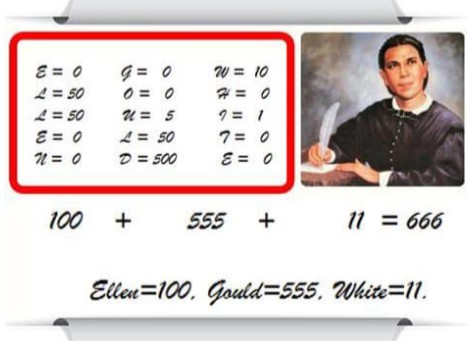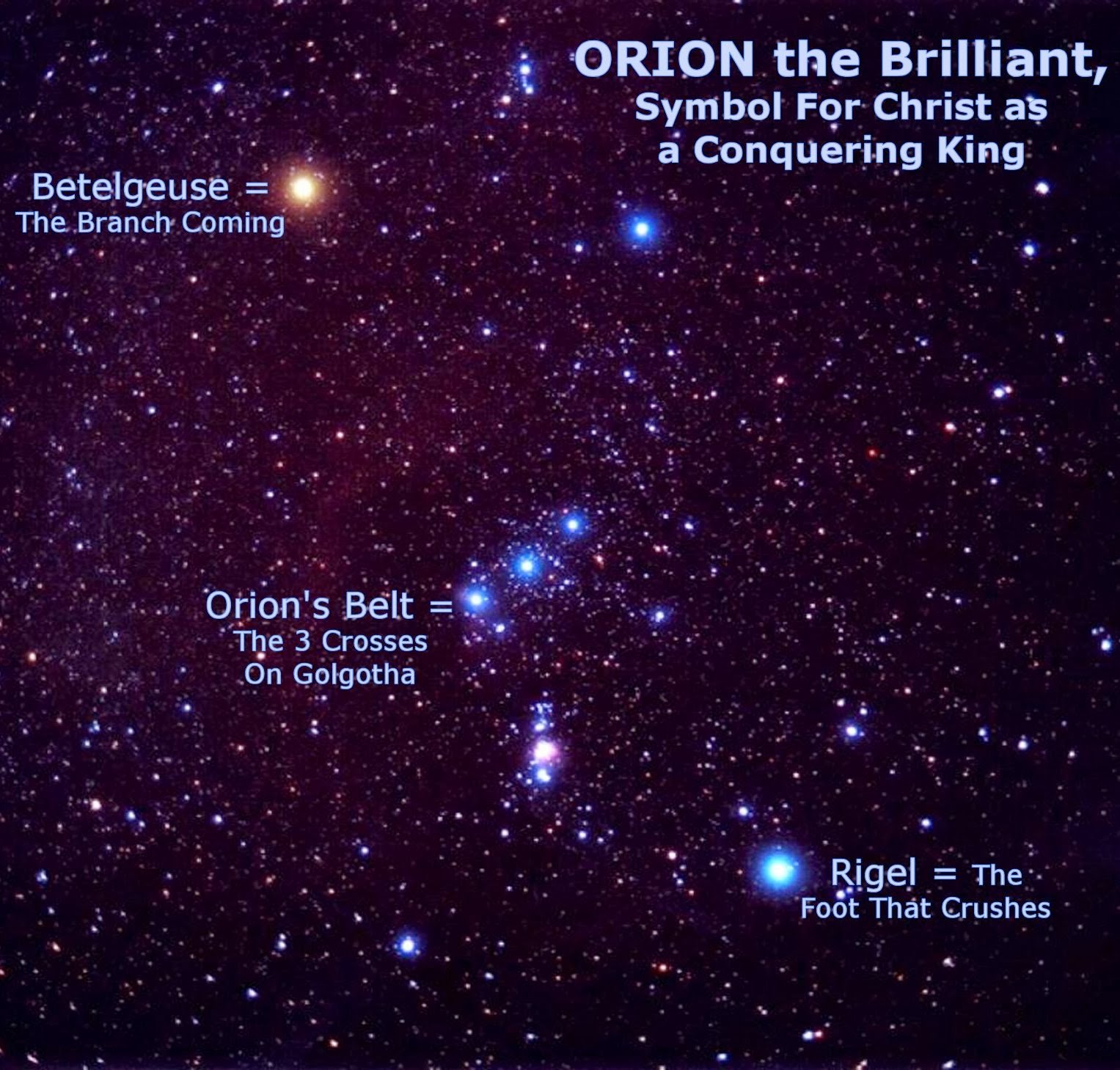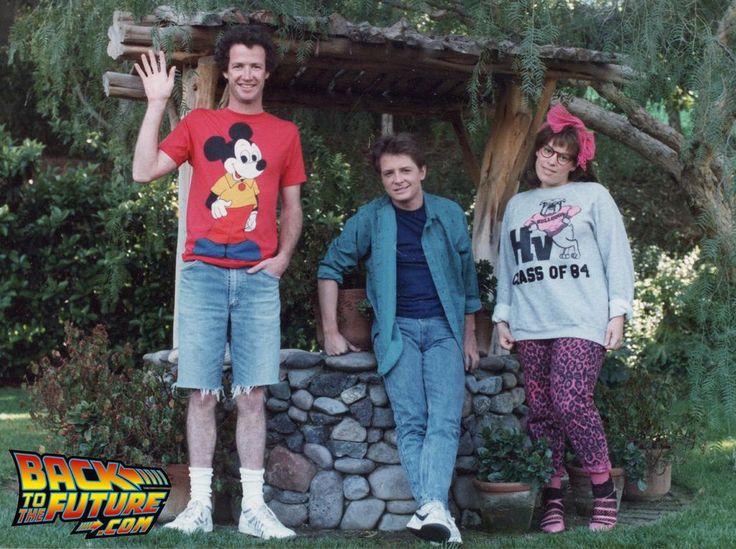|
|
Shrine of the Three Kings
From Wikipedia, the free encyclopedia
The Shrine of the Three Kings[1] (German Dreikönigsschrein[2] or Der Dreikönigenschrein),[3] Tomb of the Three Kings,[4] or Tomb of the Three Magi[5] is a reliquary traditionally believed to contain the bones of the Biblical Magi, also known as the Three Kings or the Three Wise Men. The shrine is a large gilded and decorated triple sarcophagus placed above and behind the high altar of Cologne Cathedral in western Germany. Built approximately from 1180 to 1225, it is considered the high point of Mosan art and the largest reliquary in the Western world.
History[edit]

Chapel of the Magi, Cologne Cathedral, where the Shrine of the Three Kings was kept from 1322 until 1948.
The "relics of the Magi" were originally situated at Constantinople, but brought to Milan in an oxcart by Eustorgius I, the city's bishop, to whom they were entrusted by the Emperor Constantine in 314.[6] Eight centuries later in 1164, Holy Roman Emperor Frederick Barbarossa took the relics of the Magi from the church of Saint Eustorgio in Milan and gave them to the Archbishop of Cologne, Rainald of Dassel.[7] The relics have since attracted a constant stream of pilgrims to Cologne.
"In the days of Philipp of Heinsberg the shrine of the three magi was built. This was told to me by some eyewitnesses who were present when the three magi were put into the shrine." — Vita Eustorgii[8]
Parts of the shrine were designed by the famous medieval goldsmith Nicholas of Verdun,[9] who began work on it in 1180 or 1181. It has elaborate gold sculptures of the prophets and apostles, and scenes from the life of Christ. The shrine was completed circa 1225.
Around 1199, King Otto IV gave three golden crowns, purported to be made for the three wise men, as a present to the church of Cologne. Because of the importance of the shrine and the cathedral for the later development of the city, the coat of arms of Cologne still shows these three crowns symbolizing the Three Kings.
Construction of the present Cologne Cathedral begun in 1248 to house these important relics. The cathedral took 632 years to complete and is now the largest Gothic church in northern Europe.
On 20 July 1864, the shrine was opened, revealing human remains and the coins of Philip I, Archbishop of Cologne. An eyewitness report reads:
- "In a special compartment of the shrine now there showed – along with remains of ancient old rotten or moulded bandages, most likely byssus, besides pieces of aromatic resins and similar substances – numerous bones of three persons, which under the guidance of several present experts could be assembled into nearly complete bodies: the one in his early youth, the second in his early manhood, the third was rather aged. Two coins, bracteates made of silver and only one side stricken, were adjoined; one, probably from the days of Philipps von Heinsberg, displayed a church (See Note), the other showed a cross, accompanied by the sword of jurisdiction, and the crosier (bishop's crook) on either side."[10]
- Note: "Just as the coin of Philipp in Hartzheim, historia rei nummariae coloniensis Table 3 No. 14, 16, (1754),[11] yet without its circumscription; the other (coin) is in square form, showed in the center a cross, accompanied by the sword of jurisdiction, and the crosier (bishop's crook) on either side, also without transcription, most certainly it is not younger and can be assumed perhaps to turn out to be a coin by Rainald [of Dassel]."[12]
The bones were wrapped in white silk and returned to the shrine.
Description[edit]
Size and construction[edit]
The Shrine of the Three Kings is approximately 110 cm (43 in) wide, 153 cm (60 in) high, and 220 cm (87 in) long. It is shaped like a basilica: two sarcophagi stand next to each other, with the third sarcophagus resting on their roof ridges. The ends are completely covered, so there is no space visible between the sarcophagi. The basic structure is made of wood, with gold and silver overlay decorated with filigree, enamel, and over 1,000 jewels and beads. The latter include a large number of cameos and intaglio pieces, some pre-Christian.
Decoration[edit]
The entire outside of the shrine is covered with an elaborate decorative overlay. There are 74 high relief figures in silver-gilt in all, not counting smaller additional figures in the background decoration. On the sides, images of the prophets decorate the lower part, while images of the apostles and evangelists decorate the upper part. On the front end of the reliquary, there are (across the bottom, from left to right) images of the Adoration of the Magi, the Virgin Mary enthroned with the infant Jesus, and the Baptism of Christ, and above, Christ enthroned at the Last Judgment. A removable filgree panel reveals a grille displaying the names of Caspar, Melchior, and Balthasar. When the grille is removed, the skulls of the three Magi are shown wearing crowns. The other end of the reliquary shows scenes of the Passion: the scourging of Christ (lower left) and his crucifixion (lower left) with the resurrected Christ above. This end also has a bust of Rainald of Dassel in the center.
|
|
|
|
|
|
Quick facts for kids
Frederick Barbarossa |

A golden bust of Frederick, given to his godfather Count Otto of Cappenberg in 1171. It was used as a reliquary in Cappenberg Abbey and is said in the deed of the gift to have been made "in the likeness of the emperor".
|
| Holy Roman Emperor |
| Reign |
1155 – 10 June 1190 |
| Coronation |
18 June 1155, Rome |
| Predecessor |
Lothair III |
| Successor |
Henry VI |
| King of Italy |
| Reign |
1155 – 10 June 1190 |
| Coronation |
24 April 1155, Pavia |
| Predecessor |
Conrad III |
| Successor |
Henry VI |
| King of Germany |
| Reign |
4 March 1152 – 10 June 1190 |
| Coronation |
9 March 1152, Aachen |
| Predecessor |
Conrad III |
| Successor |
Henry VI |
| King of Burgundy |
| Reign |
1152 – 10 June 1190 |
| Coronation |
30 June 1178, Arles |
| Duke of Swabia |
| Reign |
6 April 1147 – 4 March 1152 |
| Predecessor |
Frederick II |
| Successor |
Frederick IV |
|
|
| Born |
Mid-December 1122
Haguenau, Duchy of Swabia, Kingdom of Germany
(modern-day France) |
| Died |
10 June 1190 (aged 67)
Saleph River, Cilician Armenia
(modern-day Göksu River, Silifke, Turkey) |
| Burial |
- Church of St Peter, Antioch, Turkey (flesh)
- Crusader Cathedral of Tyre (bones)
- Saint Paul's Church, Tarsus, Turkey (heart and inner organs)
|
| Spouse |
Adelheid of Vohburg
( m. 1147; annulled 1153)
( m. 1156; died 1184)
|
Issue
more... |
|
| House |
Hohenstaufen |
| Father |
Frederick II, Duke of Swabia |
| Mother |
Judith of Bavaria |
|
|
|
|
|

|
      

Did You Know About the Relics of the Three Wise Men?
When I was in college, I journeyed to Cologne, Germany and visited the city’s glorious cathedral. I was a Protestant at the time, but I remember being amazed that people had been building this cathedral for so many centuries. It is one of the greatest Gothic churches of all time.
 St Peter and St Mary Cathedral in Cologne, Germany St Peter and St Mary Cathedral in Cologne, Germany
A tour guide informed me that the bodies of the three Wise Men were enshrined inside. I wasn’t much impressed by the remains of dead people, but this was something that perked my interest – the earthly remains of “we three kings of orient are.” It was perhaps my first investigation into one of those things that Protestants find icky: relics.
According to legend, the bodies of Gaspar, Balthasar, and Melchior (the traditional names of the Wise Men) were discovered by Saint Helena during her pilgrimage to the Holy Land. The fourteenth century account by John of Hildesheim entitled History of the Three Kings explains how Queen Saint Helen brought the mummies of the Magi to Constantinople.
After she had found the bodies of Melchior, Balthazar, and Gaspar, Queen Helen put them into one chest and ornamented it with great riches, and she brought them into Constantinople.
Later, the three mummies were transferred from Constantinople to Milan. The city of Milan was once known for its festive observance of the feast of Epiphany, and the presence of the three Wise Men’s relics in that city may be the context and origin for this ancient custom. The Holy Roman Emperor Frederick moved the mummified Magi one last time to Cologne in AD 1164 where they rest till this day. If you get to Germany, be sure to check it out.
 Photo of the golden casket of the three Wise Men
Are the bones of three Wise Men really in Germany? God only knows…but I like to think so. And remember: Wise Men still seek Jesus.
You may also like:
https://taylormarshall.com/2010/01/did-you-know-about-relics-of-three-wise.html
|
|
|
|
|
|
|
|
CHURCH OF THE MADELEINE: FRESCO OF THE HALF DOME
The only fresco in a Parisian church in which the figure of Napoleon appears is the one that adorns the half-dome of the Church of the Madeleine. Painted by Ziegler, it gathers around Christ, Mary Magdalene and the apostles the great people who have shaped Christianity: Constantine, Clovis, Godfrey of Bouillon, Frederick Barbarossa, Joan of Arc, Dante, Raphael, Pius VII and the Emperor in his coronation robes.
https://www.napoleon.org/en/history-of-the-two-empires/images/church-of-the-madeleine-fresco-of-the-half-dome/ |
|
|
|
|
1/3-24/3 =24 DIAS
25/3-17/4=48 DIAS
18/4-11/5=72 DIAS
12/5-4/6 =96 DIAS=24*4
5/6-28/6 =120 DIAS (RADIAN=6.28)=24*5
29/6-22/7= 144 DIAS (DIA DE MARIA MAGDALENA 24X6)=HOLY WEEK/HOLY FRIDAY=24*6 REVELATION 21:17
23/7-15/8=168 DIAS (ASUNCION DE LA VIRGEN=227 GREGORIANO)=24*7
16/8-8/9 =192 DIAS =24*8
9/9-2/10= 216 DIAS =24*9
3/10-26/10=240 DIAS=24*10
27/10-19/11=264 DIAS=24*11
20/11-13/12=288 DIAS=24*12
14/12-6/1=312 DIAS=24*13 REYES MAGOS
|
|
|
|
|
 archivo archivo
13 julio 1969: Pablo VI recuerda en ángelus la primera misión del "Apollo 11"
El Osservatore Romano, recuerda esta efemérides, en lo que fue un momento histórico, que marco el mundo. Marcello Filotei recuerda el 20 de julio cuando los astronautas llegaron a la luna
Patricia Ynestroza-Ciudad del Vaticano
“La ciencia ficción se hizo realidad el 20 de julio de 1969, cuando los astronautas estadounidenses Neil Armstrong y Buzz Aldrin pisaron la luna a la que habían llegado después de cuatro días de viaje a bordo del Apollo 11. El tercer miembro de la misión, Michael Collins tuvo mala suerte, a pesar de que él dijo que no”.
Filotei recuerda que Collins era el único que podía pilotar el módulo de mando, y tenía que permanecer en órbita mientras los otros dos saltaban a la superficie lunar mientras el mundo los miraba en mundovisión. Era necesario, sin él, la misión no habría tenido éxito, pero no “debería haber sido fácil mantenerse alejado como Moisés para contemplar la "Luna prometida" sin poder alcanzarla. En cada órbita durante 48 minutos permaneció fuera del contacto por radio con la Tierra, las emociones que sintió, según informó, no eran de miedo ni de soledad, sino de "conciencia, anticipación, satisfacción, confianza, casi exaltación". En cualquier caso, continuó: "es desde los tiempos de Adán que nadie ha conocido semejante soledad humana".”
El momento de bajar a la luna
Los otros dos astronautas, tomaron más tiempo del esperado para salir del transbordador, “porque la mochila que llevaban detrás de ellos para asegurar su supervivencia era demasiado grande para pasar fácilmente por la escotilla”, cuenta Filotei, después de haber recolectado más de veinte kilogramos de piedras y haber plantado la bandera, en realidad solo lograron clavarla algunos centímetros porque el suelo era particularmente duro, regresaron a la nave.
Ante las maravillas de Dios ¿qué es el hombre?
Armstrong y Aldrin antes de regresar a la nave, dejaron en la superficie lunar una placa de oro en la que estaba grabado el Salmo 8: "Cuando veo tus cielos, obra de tus dedos, la luna y las estrellas que tú formaste, Digo: ¿Qué es el hombre, para que tengas de él memoria, y el hijo del hombre, para que lo visites? Le has hecho poco menor que los ángeles, y lo coronaste de gloria y de honra. Le hiciste señorear sobre las obras de tus manos; Todo lo pusiste debajo de sus pies”.
Papa Pablo VI quiso este mensaje en la luna
El mensaje al cosmos le había sido confiado por Pablo VI, quien ya había dirigido su pensamiento a la misión una semana antes. Fue el 13 de julio cuando el Papa Montini enfatizó que el momento iba "más allá de los elementos descriptivos de este hecho único y maravilloso". Se estaba haciendo historia y lo que más sorprendió al Papa fue "ver que no se trata de sueños". "La ciencia ficción se convierte en realidad", dijo, pero no se detuvo allí, sino que captó un aspecto particular de la misión: "Si consideramos la organización de cerebros, actividades, instrumentos, medios económicos, con todos los estudios, experimentos, Los intentos, la hazaña, la admiración se convierte en reflexión y la reflexión se curva sobre el hombre, el mundo, la civilización, de donde brotan novedades de tal sabiduría y de tal poder ".
Una vez más volvieron a surgir las preguntas habituales: "¿Quién es capaz de hacer tanto? tan pequeño, tan frágil, tan similar al animal, que no cambia y no sobrepasa por sí mismo los límites de sus instintos naturales, y tan superior, tan maestro de las cosas, ¿tan victorioso en el tiempo y el espacio? ¿Quiénes somos? Seiscientos millones de personas vieron la luna en vivo. La intuición de Pablo VI llamó la atención sobre la mano del hombre, colocando "esta criatura de Dios, incluso más que la misteriosa Luna, en el centro de este viaje".
https://www.vaticannews.va/es/papa/news/2019-07/efemerides-papa-pablo-vi-llegada-a-la-luna.html |
|
|
 Primer Primer
 Anterior
5 a 19 de 34
Siguiente Anterior
5 a 19 de 34
Siguiente Último
Último
|
































































![Amazon.com: Angels & Demons [DVD] : Películas y TV](https://m.media-amazon.com/images/I/91e--fCvC-L._SL1500_.jpg)









